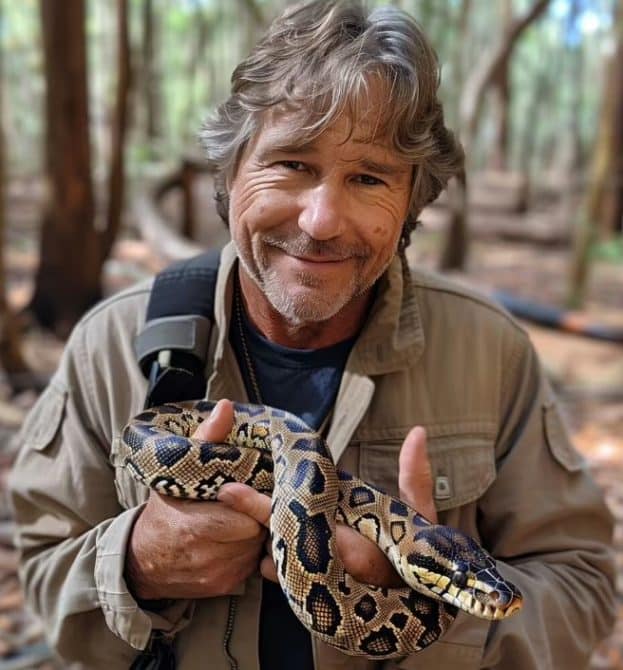
bgr.com
You better not cry while wearing the Apple Vision Pro
Here's an important warning for the Apple Vision Pro that I hadn't considered: Make sure you don't start crying while watching emotional content.
I haven't even had the chance to watch any tear-jerker movies or TV shows on the Vision Pro since it isn't available in Europe. Not officially‚ at least. But it turns out that crying isn't supported. The Vision Pro isn't water resistant‚ so you should avoid getting it wet. That's according to Apple‚ though the company doesn't specifically mention tears in its warnings.
As for the actual act of crying‚ well‚ one Vision Pro tester says that's not exactly a great experience even without Apple's warning.
Continue reading...
The post You better not cry while wearing the Apple Vision Pro appeared first on BGR.
Today's Top Deals
This $16 clip-on lens kit fits the iPhone or any Android phone‚ and it’s awesome
Amazon deal offers a 7-inch Android tablet for under $43
Save 61% on a 6-port USB rapid charger on Amazon
Save 75% on a Canon black and white multifunction laser printer on Amazon














